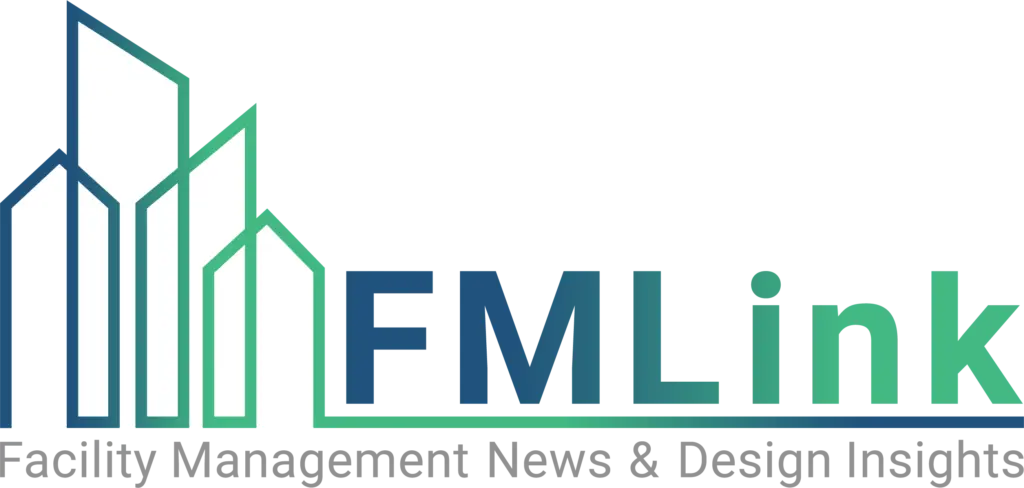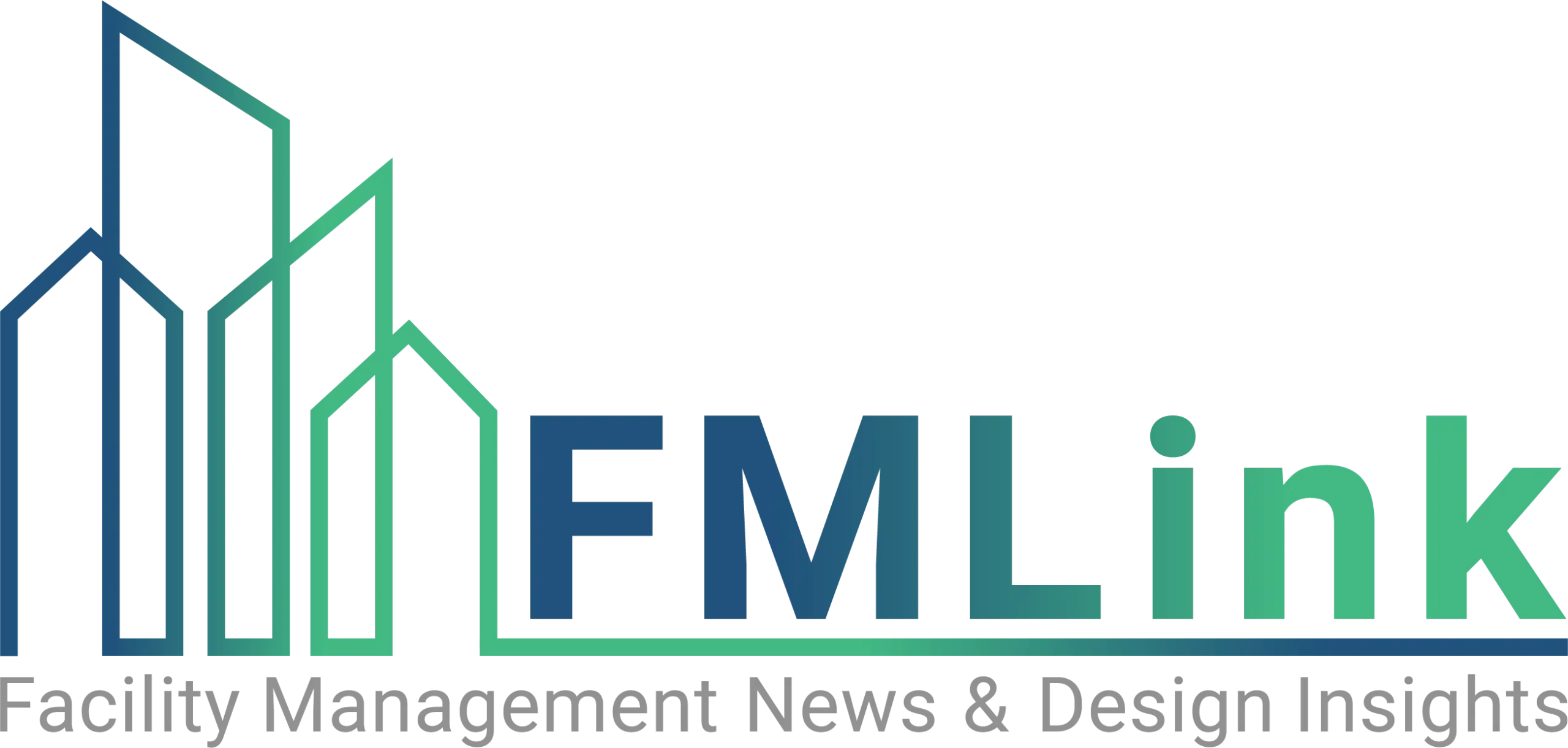March 26, 2007—The Federal Energy Regulatory Commission (FERC) recently adopted a new regulation that aims to allow greater access to transmission lines for power generators of all types, including renewable energy projects, according to the Department of Energy’s (DOE) Office of Energy Efficiency and Renewable Energy (EERE).
The new rule exempts intermittent power generators, such as wind power plants, from excessive “imbalance” charges when the amount of energy they deliver is different than the amount of energy they are scheduled to deliver. To help accommodate less-predictable forms of renewable power generation, the rule creates a “conditional firm” service to deliver power from a generator to a customer, allowing the power supplier to provide firm service for most, but not all, hours in the requested time period.
A key aspect of the new rule is that it eliminates the broad discretion that transmission providers currently possess in calculating the unused, available capacity on their transmission lines, explains EERE. Instead, the rule requires public utilities to work with the North American Reliability Corporation to develop consistent methods of calculating the available capacity and to publish those calculations to increase transparency.
The rule also calls for open, coordinated, and transparent planning on both local and regional levels. EERE says the new final rule applies to all public utility transmission providers, including regional transmission organizations and independent system operators, and follows reforms proposed by FERC in May 2006.
For more details see FERC’s Open Access Transmission Tariff page.




